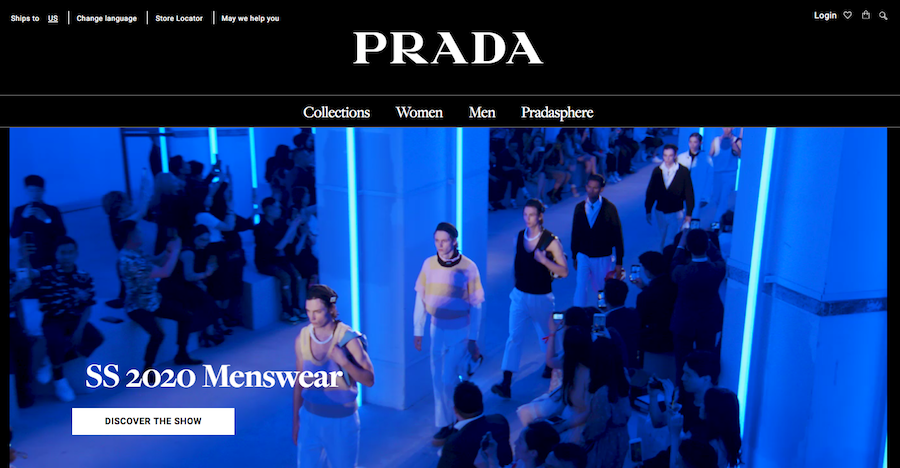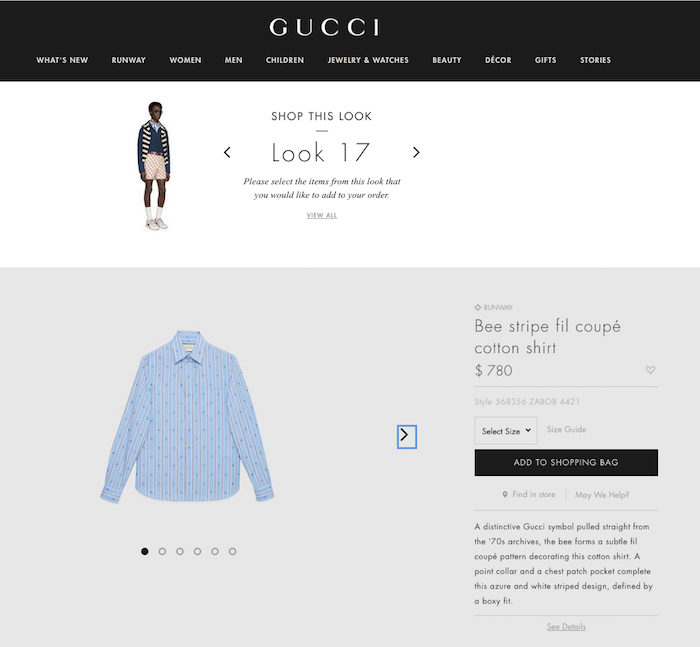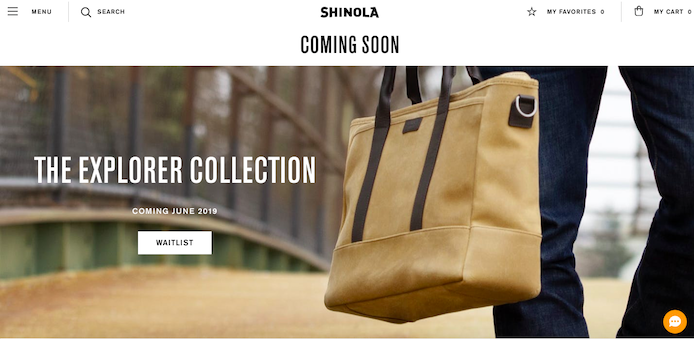4 Ways Luxury Brands Can Embrace Ecommerce Without Losing Their Soul

Luxury brands face a big challenge in ecommerce. Consider this: online shopping makes products available anytime, anywhere, to anyone. But as a luxury brand, retailers want to communicate the uniqueness of your products. In other words, you have to show why your products are special–why they are luxurious. Today we’re going to discuss ecommerce development strategies to convey the sense of luxury.
Before ecommerce, luxury fashion brands lived by the 24 Anti-Laws of Marketing. They were called “anti-laws” because they ran against the common thinking for marketing. Examples included, “Forget about positioning. Luxury is not comparative.” Or “Luxury sets the price; price does not set luxury.”
These statements point to luxury as a feeling. In a physical store, it’s easy to create this feeling through simple gestures like giving a customer a flute of bubbly champagne as they walk in. Luxury means outstanding customer service, quality, and exclusivity. Thus far, it has seemed impossible to translate these characteristics online. Perhaps that’s why Anti-Law #24 held fast for so long: “Do not sell openly on the Internet.”
But, in recent years, the average age of a luxury buyer has fallen from 48-years-old to 34-years-old. This younger demographic lives online, and they expect to be able to purchase everything, at any time, digitally. How can luxury brands serve their online customers without losing their soul?
1) Luxury Brands Can Bring Elegance to the Site Experience

Yes, luxury ecommerce sites can be–and should be–elegant. Indeed ‘elegance’ may not be the first word that comes to your mind when you think of the internet. But grace, ease, and yes, elegance, are associated with luxury, and it’s up to brands to communicate this attitude.
What does an elegant ecommerce site look like? For starters, as a customer moving through a site, I want to know where I am at all times. I should be able to easily navigate to a product that interests me (and back to where I was). I want to have all the information I need in order to make my purchase. When I add an item to my cart, I should clearly see that it’s been added. Best yet, I shouldn’t feel jarred by pop-up messages at any point.
This may sound basic, but I’m starting my recommendations here. Why? Because, surprisingly, there is a lack of clarity and ease in many luxury ecommerce sites. For example, often there are only a couple of photos of a garment, and no photo showing it on a model. (Note: photos that show scale are very important.) Additionally, I found several sites with product descriptions that were too brief. The descriptions left me with unanswered questions.
Brand legacy is integral to luxury. Oftentimes these are companies that have sold luxury goods for generations. As a result, perhaps they feel it’s not necessary to give ample information–you either know what you’re getting or you don’t. You’re either in the club or you’re not.
Nonetheless, in order to convert online sales, it’s crucial to provide customers with all the information they need to make a purchase. This is what customers have come to expect. When luxury ecommerce retailers don’t provide adequate information or images, they lose sales.
2) Use Ecommerce to Embrace What Makes Luxury Exciting (a.k.a. Work the Runway)

Luxury fashion houses are renowned for staging incredible fashion shows to debut an upcoming collection. In an exciting development, more high-end retailers are integrating their runway shows into their website. For example, the Prada homepage begins with a video of the recent Spring/Summer 2020 Menswear show. It’s fantastic. It gives customers a sense of participating in an art event prior to shopping for a summer suit. It brings a physical experience of luxury online.
Gucci also emphasizes its runway shows. Additionally, they let customers “Shop This Look” from their runway collections. How cool is that? The navigation in Shop This Look is perfect. When I click on a look I like, Look 17, all the available items from this look are displayed for purchase. Each one has multiple images that I can easily make much larger to view garment details. Love it.
3) Create Intrigue Through Exclusivity

As I mentioned above, one of the characteristics of luxury is exclusivity. In reviewing dozens of luxury ecommerce sites, I was surprised to find that very few brands capitalize on this. Accessory maker, Shinola, was one of the few companies that creates a sense of intrigue by showing products that are not yet available. The Shinola Tote in Explorer Leather was just released, but in the days leading up to its debut, customers could sign up to be on the waitlist. Just the suggestion of waitlist implies there will be a crowd, and that only a few fortunate people will get this bag.
There are a lot of possibilities here. For example, after a company shows a runway collection, they could alert top-tier customers when the clothes become available to buy. The alerts could be sent via email or text. This kind of notification creates a sense of being an insider who gets the news before others.
Another idea is to create an exclusive section of a site. This could be for just a few days or longer. A luxury retailer could ask customers to sign in for a “first look” at a new collection once it’s ready. This sign in could include a few brief questions – Have you ever purchased from Tiffany & Co. before? What’s your favorite Tiffany & Co. item that you own? – to give the company more information about their customers. This would help build long-term customer relationships while maintaining the sense of exclusivity that is coveted by luxury buyers.
Important note: My suggestion to entice customers to create an account applies only before they have selected their purchase, e.g. when they are viewing new products. After customers adds an item to their online shopping cart, it is not the time to make them create an account. Forced registration at checkout makes people feel aggravated. More often than not, they will abandon their cart.
4) Build Connection Through Customer Service

Luxury brands are known for their white-glove customer service. Perhaps that is another reason why luxury companies have been slow to adopt ecommerce, as they view online shopping as impersonal. But, on the contrary, technology can help companies create stronger customer connections.
Retailers have countless options for exploring customer personalization. For example, Prada gives customers the opportunity to mix and match their prints into a unique shirt through their Made to Measure service. Shoppers can also customize Prada’s knitwear collection, as well as work with their national network of in-person tailors to develop the perfect fit.
Shinola takes a different approach through its styling service. Through an easy drop-down, they prompt shoppers with a few simple questions to help them shop, such as “I lean towards: Romantic, Classic, Professional, or Tomboy [choose one].” Not only does this help Shinola customers find what they’re looking for, but it also gives the company great information about who is on their site.
Dior offers an interesting twist: instead of asking customers to call them, they prompt customers to leave their phone number, so a Dior representative can call the customer. It’s subtle, but oh so nice. Customers don’t have to chase the company down; instead, Dior is going to get in touch with them.
At Command C, we say this a lot because it’s so true: retail is changing. Technology allows online shoppers to buy anything, anytime. For retailers who embrace innovation, the pay-off can be great. Luxury brands have the benefit of deep legacies and loyal fans. Now they can meet the ecommerce challenge by using technology to create stronger customer experiences.
